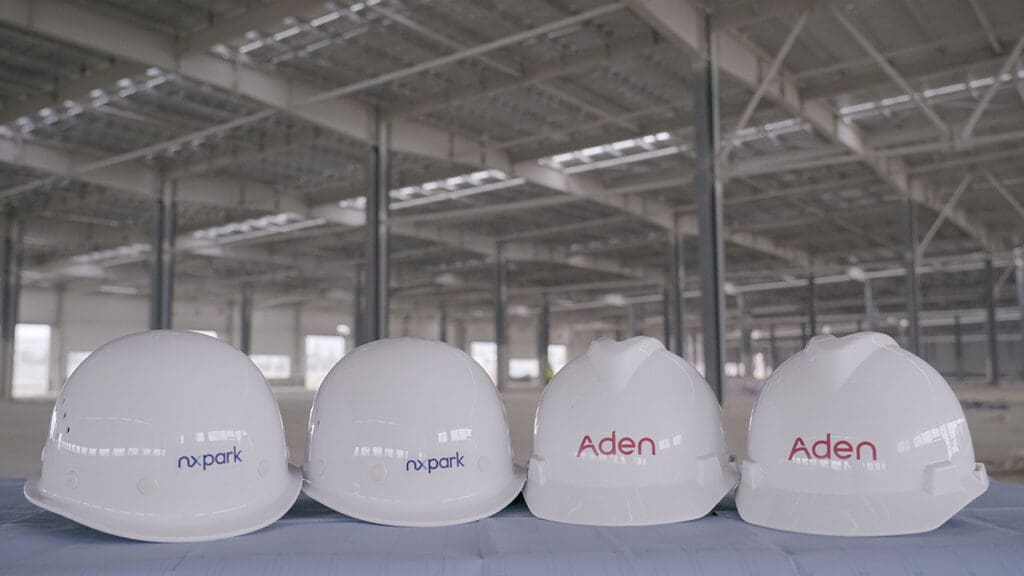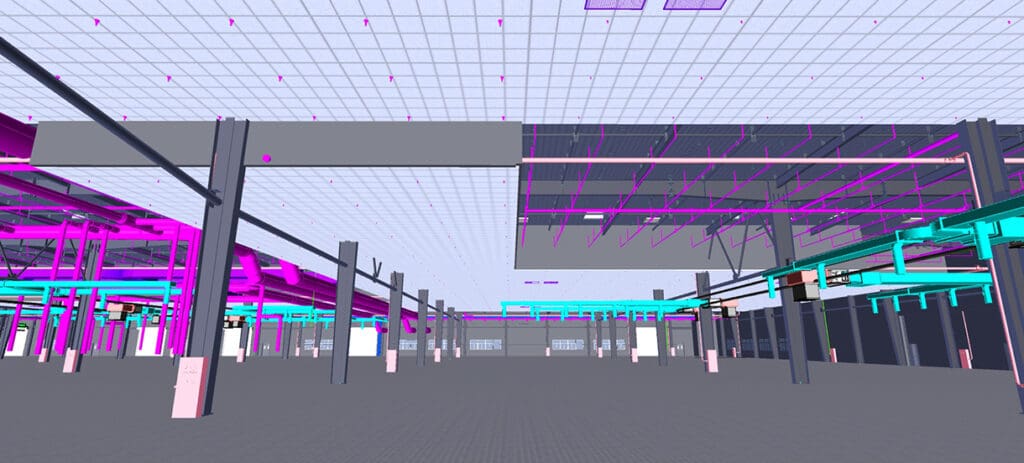share:
Feb 10, 2023
Let’s start with a basic question: what inspired you to create NXpark?
There were a lot of factors at play. First, from working in the Chinese industrial real estate sector, it was very obvious that client expectations had evolved, but that the offer on the market had not. Today, whether it’s a domestic or MNC client, most industrial concerns are looking for the same things: more financial flexibility, faster timelines, and also a better level of quality and comfort.
And not just that, clients also face higher pressure on the environmental and compliance side. So today, being sustainable and ESG-oriented is not a choice, it’s a must-have if you want to remain competitive. If you’re wasteful or carbon-intensive, you’re going to pay, same if you’re just pretending to be sustainable but can’t back it up with data and performance.
And that is why we launched NXpark – to address these new needs that weren’t being met. We were born in the ESG era, and the digital era – we like to say that every NXpark property was born as a digital native, and a sustainability native.
What about the relationship with Aden Group?
That’s very important. Aden is our mother company, and its partnership is really at the core of what makes NXpark work. It’s right there in the full name: NXpark by Aden. Being backed by Aden, we are able to tap into the Group’s 25 years of experience in China’s industrial facilities sector and we can very efficiently make a turn-key offer to clients which leverages all the solutions and network that Aden has built up over those decades.

What kind of clients does NXpark work with?
Thus far, we’ve made our fastest progress in the automotive manufacturing sector, but we work in many sectors. And we are working with both MNCs and domestic companies. The common thread is that our clients all recognize the need for more agile and sustainable operations; and they are looking to create a high-performing industrial hub located in the right region with the right infrastructure. Setting this up in close coordination with local governments is one of our specialties, thanks especially to the close relationship with Aden Group.
The important thing to understand about Aden Group is that all of its different financial, business and tech holdings can operate as standalone offers, but they are designed to work together, in a way that optimizes the property lifecycle.
That is the potential that NXpark is designed to help clients unlock – and by partnering with Aden, we can accompany our clients through site selection and set up across China; capex and financing; renewable energy and utilities setup; logistics; O&M; the list goes on and on.
What have been some of NXpark’s milestones so far?
There are a lot. To pick just one, I’d highlight the work we’ve been doing in Xi’an. This is our client Forvia Forecia’s biggest industrial site worldwide. Its flagship factory is now open for operation and is a net-zero facility. This is a space that we truly designed for facility-level carbon neutrality.
We got there through a mixture of careful design and digitalization, including renewable resources like solar and geothermal heat pumps; high-efficiency lighting; and optimization of core HVAC assets like chillers and boilers.
We are taking a very forward position on this – we have achieved well-known international certifications like LEED, HQE and China Green Star, but we have even gone one step further and taken out a policy with Zhong’an Insurance, holding ourselves accountable for the site’s net-zero performance. We’re doing this because (a) it’s something we believe in, but also (b) because we want to be pioneers and pushing ourselves to use NXpark as a space for new and innovative offers that will help clients keep up with evolutions in the market, such as the emergence of the ETS and carbon market here in China.
A big feature of NXpark and Aden Group is the “BIM BAM BOOM” approach, can you explain that a bit and how it is applied to NXpark?
Sure, in the simplest way, this means that we digitalize and optimize the whole lifecycle of your built asset: design, construction, operations, and finally the data to support your ESG and compliance reporting.
BIM is the software used to design the site. But it’s more than just a blueprint on a computer. It creates a full 3D mapping of the entire site – not just the physical structure, but also all the infrastructure for energy, water, gas, and air. When we have this, we can do all kinds of advanced simulation for space optimization, and we can stress test how the building would respond in different emergencies, for example. We also simulate before construction the complex factors that impact a building’s carbon footprint and TCO. For instance, we can optimize for how different weather conditions will impact the need for lighting and air conditioning; we can simulate how air will flow through the building, water consumption, and many other factors impacting environmental and financial outcomes.

Then you get to BAM, which is Building Assembly Management – in other words, construction. Also digitalized. And because the BIM has been set up so systemically, and is still in use during construction, we can make the process faster, with less waste and excess materials. The final stage, BOOM, is about ongoing O&M. So we are talking about years and decades here, at least 80% of a building’s TCO. What we can do at this point is to build the BIM into a full digital twin of the site, where every building and every piece of equipment can be mapped and monitored in real time, with all the data feeding into one single source of truth. What does that mean practically? For on-site technicians, it means they can take a much more responsive approach, and their ongoing work is continually logged as data. From this, the site’s reliability and performance is better. For decision makers, all this data becomes accessible and visualized, so you can make better, faster decisions and you have all the documentation you need for ESG, compliance, or green funds.
What’s next for NXpark?
We have a lot coming up. In 2022 we contracted 460,000 sqm. In 2023, we have 1 million sqm in the pipeline. So it’s going to be a big year, with more news to come from Suzhou, Shanghai, Sichuan, Shaanxi and elsewhere. Right now, we are focusing on the China market. But what we have begun in China this year, is something that may well have a future in other regions, especially Southeast Asia. We see exciting times ahead and look forward to what’s coming next.